How To Grill The Best Steak
Learn how to make the best Grilled Steak and get everyone drooling with the look and the smell of a perfect steak. Read many tips about how to choose a steak, best ways to season it, and of course, how to grill the steak.

Table of Contents
Isn’t it our goal to say “Oh wow, this is the best steaks I’ve ever had!” after taking a bite of a juicy steak? I know that it’s ALWAYS my goal, whether I’m pan-searing steaks, grilling, or making steaks in the oven. I’m all about that best bite.
So to keep all of your family and friends (and you) satisfied, I want to talk about tips and tricks to grill your own best steak. I really want to stay clear of the word “perfect.” Perfection is a subjective matter. For example, temperature of the steak will be something that is up for debate for everyone.
I’ve known people who don’t want to see anything pink in their steak and I’ve known people who would drop the steak on a hot grill, cook it for 10 seconds on each side and call it “perfect.”
So temperature, and types of steaks, are left up to individual preference. I’m not here to debate the perfect temperature and cut of the steak. I’m here to offer tips and information to help you choose your best option.
Best Way to Season Steaks
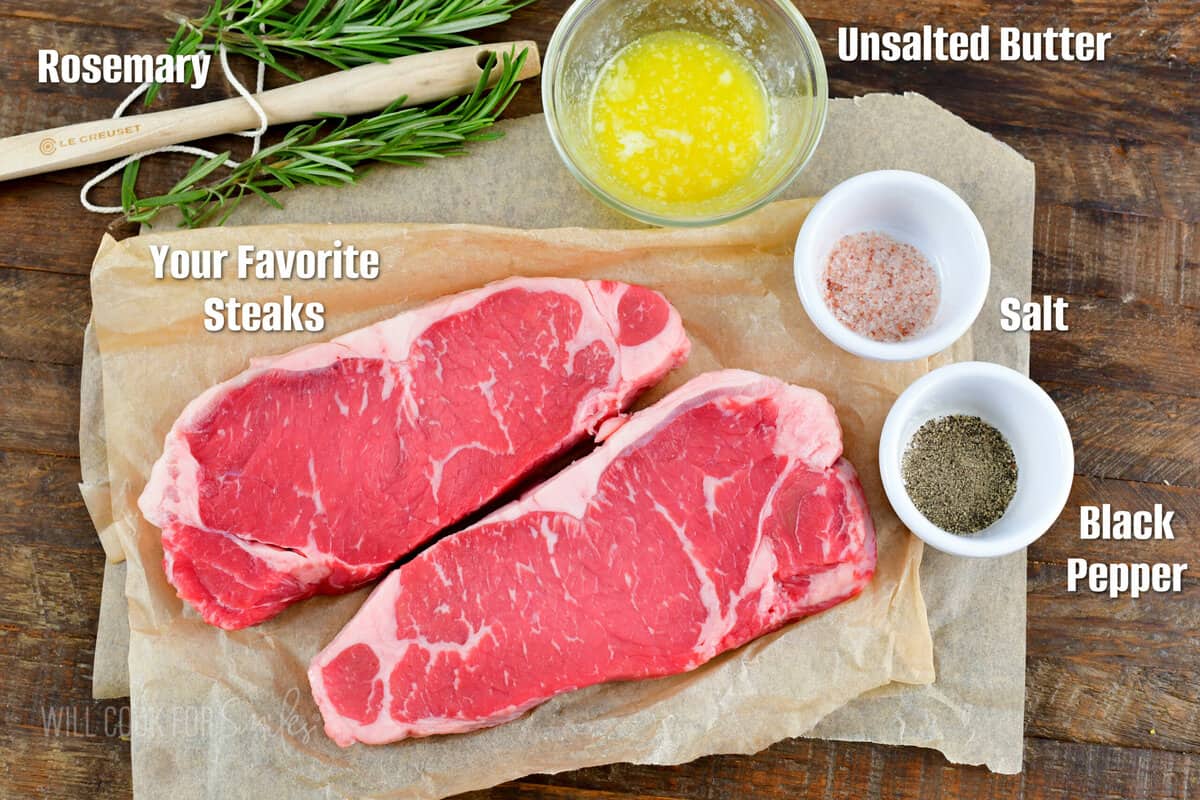
Put that seasoning mix down right now! The best seasoning for a good piece of steak is salt and pepper. If you’re looking to enjoy a good cut of steak, the flavor will be all there in the meat, no need to add anything but salt and pepper.
If you are spending a lot of money on a good cut of beef and put a lot of effort into the preparation, you don’t want to mask the natural flavor of the meat with sauces, marinades, and spice mixes. Save those for tougher and less flavorful cuts of meat.
Besides that, a great way to finish the steaks is with an aromatic finishing butter. You will need some unsalted butter, fresh rosemary sprigs and if you wish, a couple of garlic cloves. Make sure to use unsalted butter because you will be salting the steaks quite well already!
PRO TIP: The best seasoning for a good piece of steak is salt and pepper and then finish it with butter.
How To Cook Steaks On The Grill

First REST: Take steaks out of the refrigerator 30 minutes before cooking and let them sit on the cutting board to warm up.
SET UP THE GRILL: make sure the grill grate is clean and set up two temperature zones. Start enough charcoal for high temperature. You want to the hot side to be hot, somewhere between 425° and 450°. Preheat the grill for about 10 minutes.
SEASON: Pat steaks dry with a paper towel, rub it with some oil on all sides, and season it generously with salt (1) and pepper (2) on both sides. (Remember, you always want to put oil on the actual meat, not on the grill, but make sure the grill grate is clean.)
TRACK TEMPERTURE: If you have a leave-in meat thermometer, insert the probe through the side of the steak, towards the very center. You will need to take the reading of the very center of the steak. If you don’t have a leave-in thermometer, you will need to take the steak off the grill to take the temperature.
GRILL: Place steaks on the hot side of the grill to sear them (3). After a couple of minutes, use metal tongs to turn the meat over to the other side (4) and sear another couple of minutes. Move the steaks over to the cooler side of the grill, close the lid and continue to cook until it reaches desired internal temperature (5).
BRUSH AND REST: right before taking them off the grill, brush steaks with melted butter liberally (6) while they finishing cooking on the cool side of the grill. Take the steaks off, tent them loosely with some aluminum foil and let them rest for about 5 minutes before cutting. Slice against the grain.
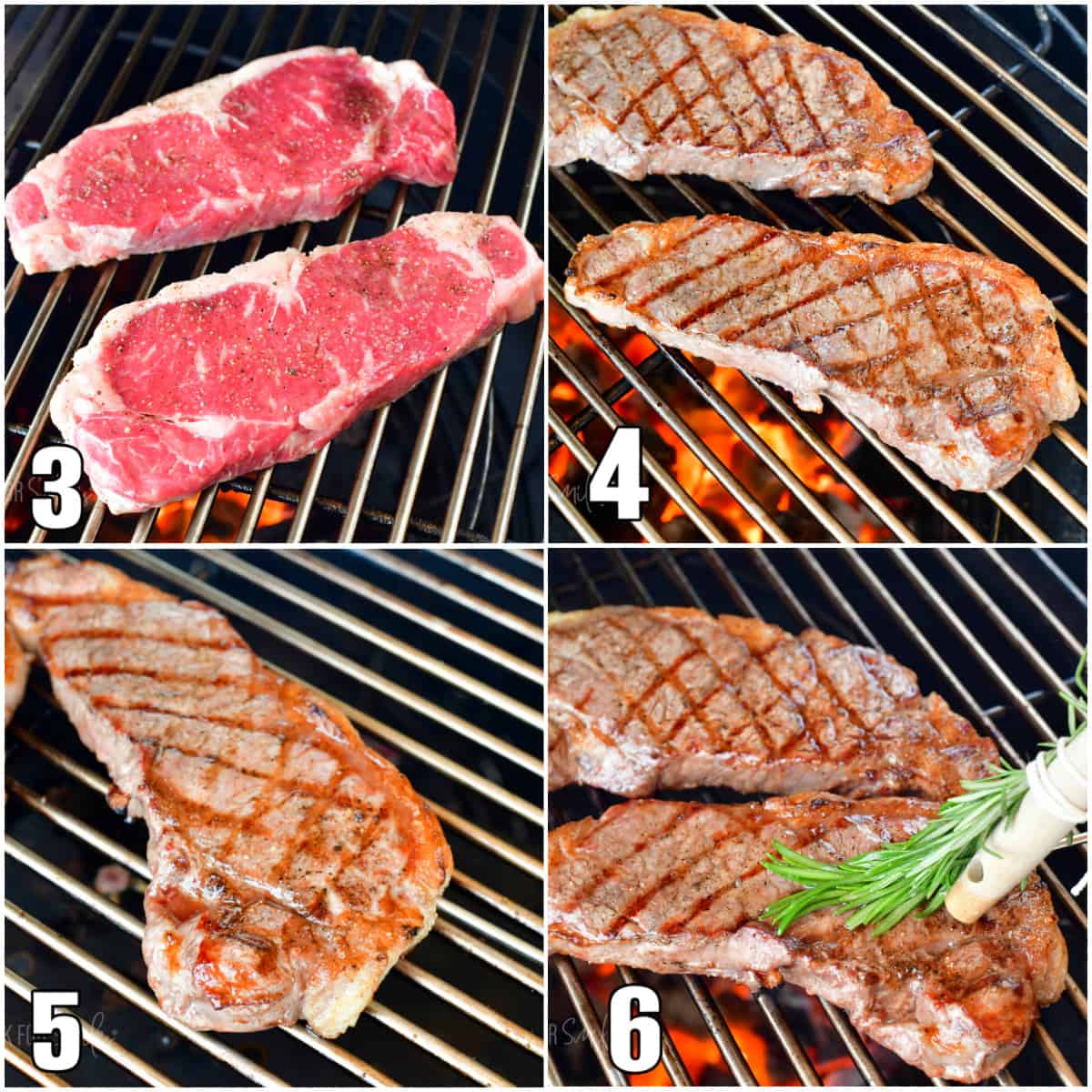
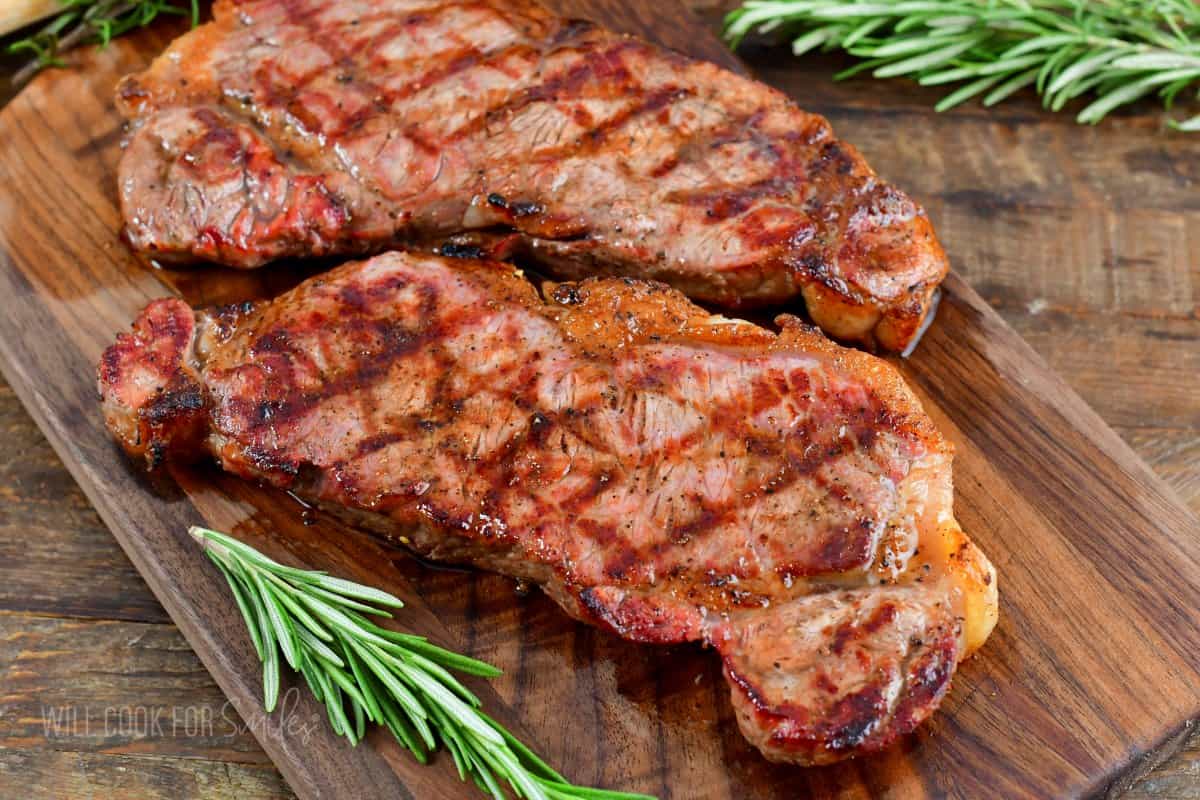
How To Check If Steaks Are Done?
Remember that time will not tell you if your steaks are done or not! Best way to check if your steaks are done, is to use an instant read meat thermometer.
Hold the steak with metal tongs and insert the thermometer through the side of the steak, towards the middle. You want to hit the reading on the thickest part and in the middle. If you are cooking the steaks with bone, don’t get the reading right on the bone, pull away from the bone slightly.
Steak Temperatures
125°-130° = Rare
135°-140° = Medium-rare
145°-150° = Medium
150°-155° = Medium-well
160°-165° = Well
(*First number is when to take it off the grill.)
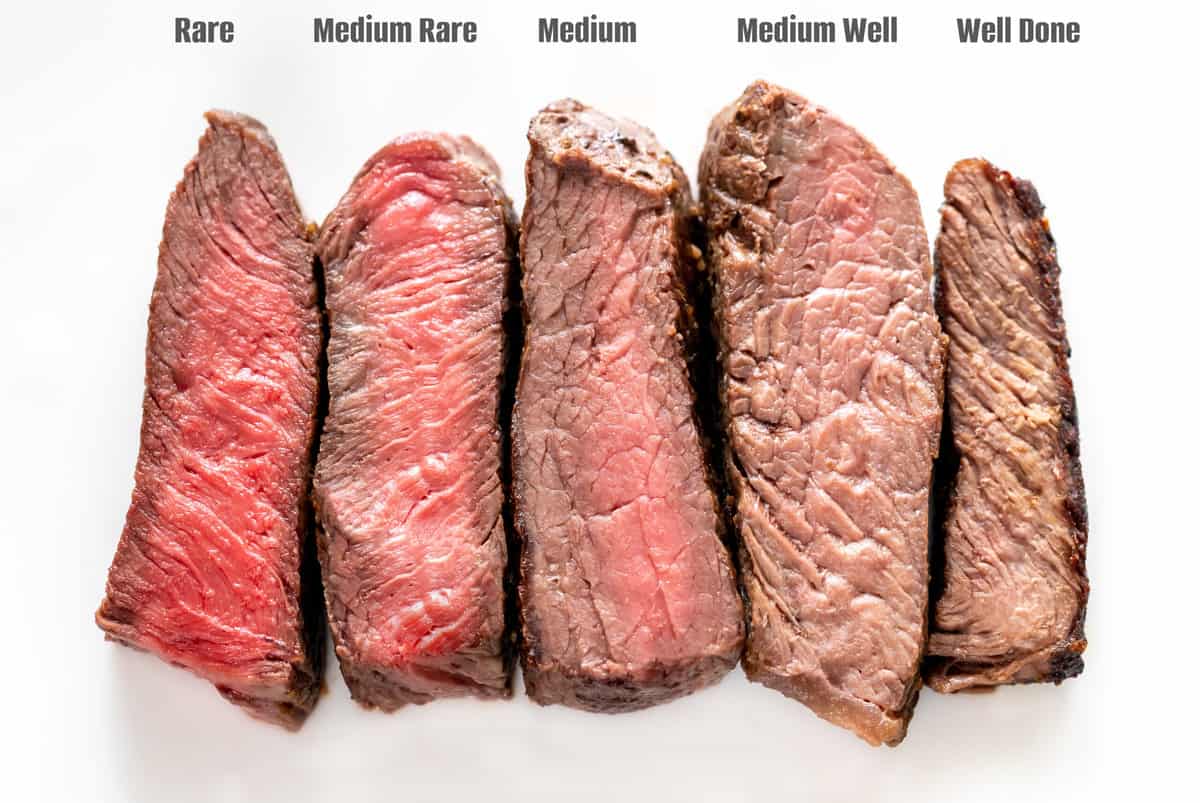
Is It Important To Let The Steaks Rest?
It is important to let the meat rest before cutting into it. While meat is cooking, all the fibers and juices inside the meat tighten up and condense.
Meat also continues to cook for several minutes after you take it off the heat so if you try to cut into it right after, juices will be concentrated in certain areas and fibers will be tight. While the meat is resting and cooling, the fibers relax and all the juices can spread out throughout the whole piece evenly.
Tips On Buying A Steak
Before the fun grilling part, we need to choose the meat. First of all, you can throw pretty much anything on a grill but whether it will taste the best, that’s not exactly true. There are some cuts that just perform better on the grill:
- When choosing a cut, go for loins like sirloins and rib eye steaks.
- The main thing that I look for to make the steak extra special is lots of fine marbling. Marbling is an intramuscular fat that you see throughout the meat, not on the outside of it. You want to look for those fine lines of fat within the meat.
- The finer the fat, the better. Fine marbling is what will give your steak juiciness, tenderness, and lot’s of flavor. You don’t want to have lot’s of thick fat in the middle of your meat.
- You also don’t want the steaks to be too fat or too thin. It’s best to choose the steaks that are 1.5 inches thick, with 2 inches being absolute thickest.
PRO TIP: For best tasting steak, you are looking for loin steaks like sirloin or ribeye in prime or choice grade with a lot of fine marbling of fat throughout that are about 1.5-2 inches thick. Choose steaks that are the same thickness as each other.
What Is A Rosemary Brush?
Another little flavor tip is a “rosemary brush.” A rosemary brush is simply a few rosemary sprigs tied onto a wooden handle or a brush or a spatula.
Put this rosemary brush into a small bowl with melted butter and crushed garlic (optional) in it right next to the grill. It gently infuses the butter with some rosemary flavors, but it doesn’t overpower. When you’re ready to brush the steaks, it will be beautifully aromatic and ready for the steaks.
To make a rosemary brush: tie a rosemary bunch onto a wooden end of a spatula or a spoon with a piece of kitchen twine. Melt 2-3 tablespoons of butter (depending on how many steaks you’re cooking) and pour it into a small metal bowl. (Crush 1-2 garlic cloves if you wish and add them to the melted butter.) Place rosemary brush into the butter and let it sit there while you are cooking the steaks.
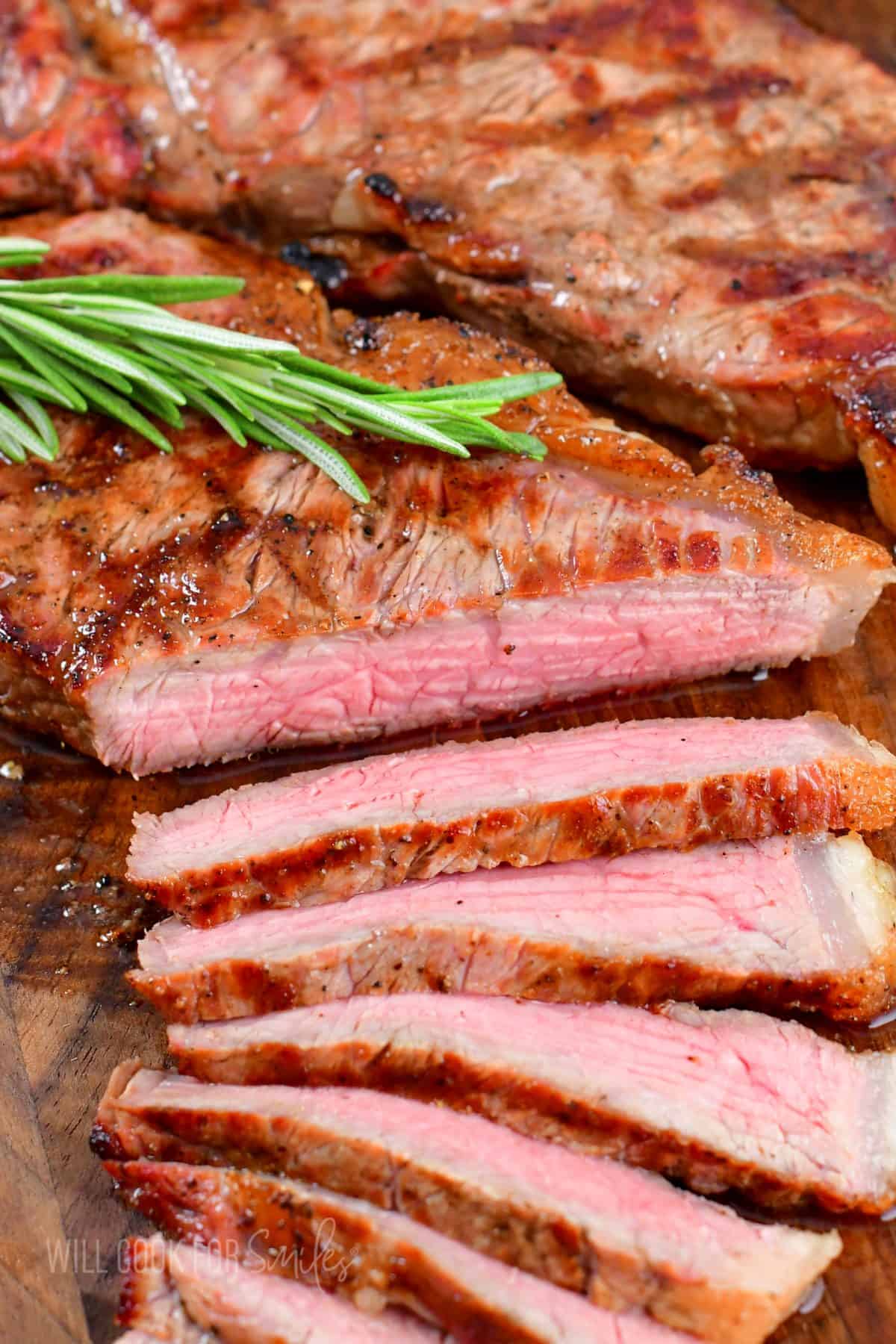
Some More Beef Recipes To Try
If you’re looking for more beef recipes, check out that whole section for more steaks, sandwiches, and main dishes.
If you’ve grilled steaks using my recipe and found a lot of good information here, PLEASE leave a 🌟 star rating! Let me know how you liked it by leaving the 📝 comment below as well.

How To Grill Steaks
Equipment
- Grill
- Meat Thermometer
- Metal tongs
- Rosemary Brush (see post)
Ingredients
- 2 1 1/2 inch steaks, rib eye, sirloin, NY strip, or other preferred (for other steak options check the post)
- 1 tbsp avocado oil or another high burn point oil
- Salt
- Pepper
Rosemary Brush (can be used on 3-4 steaks):
- 2 springs of rosemary
- 2-3 tbsp unsalted butter melted
- 2 garlic cloves crushed
Instructions
Prepare the steak:
- Take the steak out of the refrigerator and place it on a cutting board. Let it rest and get to room temperature for about 30 minutes.Pat it dry with a paper towel before adding the seasoning. (Wait to season the steaks right before placing them on the grill.)
Prepare the grill:
- If you are using charcoal grill, I recommend placing your lit and ashed over charcoals on half of your grill. This will create two-temperature zones: hotter and a cooler side of the grill, so that you don’t burn your steaks while getting them to the temperature you desire. (If you are using a gas grill, you should have a higher cooking shelf to place steaks away from direct heat while cooking or turn off one or two of the side burners for a cooler zone.)
Grilling the steak:
- Melt butter and mix it with garlic if using. Tie rosemary sprigs onto a wooden end of the spatula or a spoon with a piece of kitchen twine. Place the rosemary brush into the melted butter and set both near the grill.
- Rub the meat with oil and season it generously with salt and pepper on all sides. (If using a leave-in thermometer, insert the probe through the side of the steak, towards the very center. You will need to take the reading of the very center of the steak.)
- Place steaks on the hot side of the grill to let them get a nice sear for 2-3 minutes.
- Turn the meat over to the other side and let them sear for a couple more minutes.
- Move them over to the cooler side of the grill (or the higher shelf away from the direct heat), close the lid, and let them cool until they reach your desired doneness.
- To check your steaks for doneness, use a leave-in meat thermometer, it will help you track temperature the whole time. (You can also use a meat thermometer that is not meant to be left in the meat. To check the temperature: hold the steak with tongs and insert the thermometer through the side of the steak, towards the middle. You want to hit the reading on the thickest part and in the middle.)
- Once the steak is getting close to your desired temperature brush the steaks with prepared melted butter using the rosemary brush.
- Take the steaks off the grill when it hits 5 degrees away from your desired temperature. (Steak will continue to cook a few more degrees while resting.) Place steaks on a cutting board or a platter and loosely tent with foil.
- Let them rest for about 5 minutes before slicing or serving. Make sure to cut against the grain.
Notes
- Nutritional note: this nutrition is calculated for a 13 oz. strip steak (average weight for strip is 12-13 oz for 1.5 inch thick, and average weight for a ribeye of the same thickness is 15-16 oz.). Different steak cuts and sizes will have varied nutritional value.
- When choosing steaks: try to get prime or choice grade and remember that you will get what you pay for. Choose a loin steaks like sirloin or ribeye with a lot of fine marbling of fat throughout that are about 1.5-2 inches thick. Choose steaks that are the same thickness as each other.
- Steak Temperatures: Rare = 125°-130°; Medium-Rare = 135°-140°; Medium = 145°-150°; Medium-Well = 150°-155°; Well = 160°-165°
- Remember to REST the steak for 5-10 minutes after cooking and slice your steaks against the grain.
Nutrition
Originally published on Will Cook For Smiles on May 31, 2016.
Categories:
4th Of July Recipes, Backyard BBQ Recipes, Beef Recipes, Father's Day Recipe Ideas, How To Techniques, Mother's Day Recipe Ideas, Valentine's Day,All images and text ©Lyubov Brooke for ©Will Cook For Smiles. Please do not use my images without prior permission. If using my posts in collections and features, please link back to this post for the recipe.
Disclaimer: Nutrition information shown is not guaranteed to be 100% accurate as most ingredients and brands have variations.

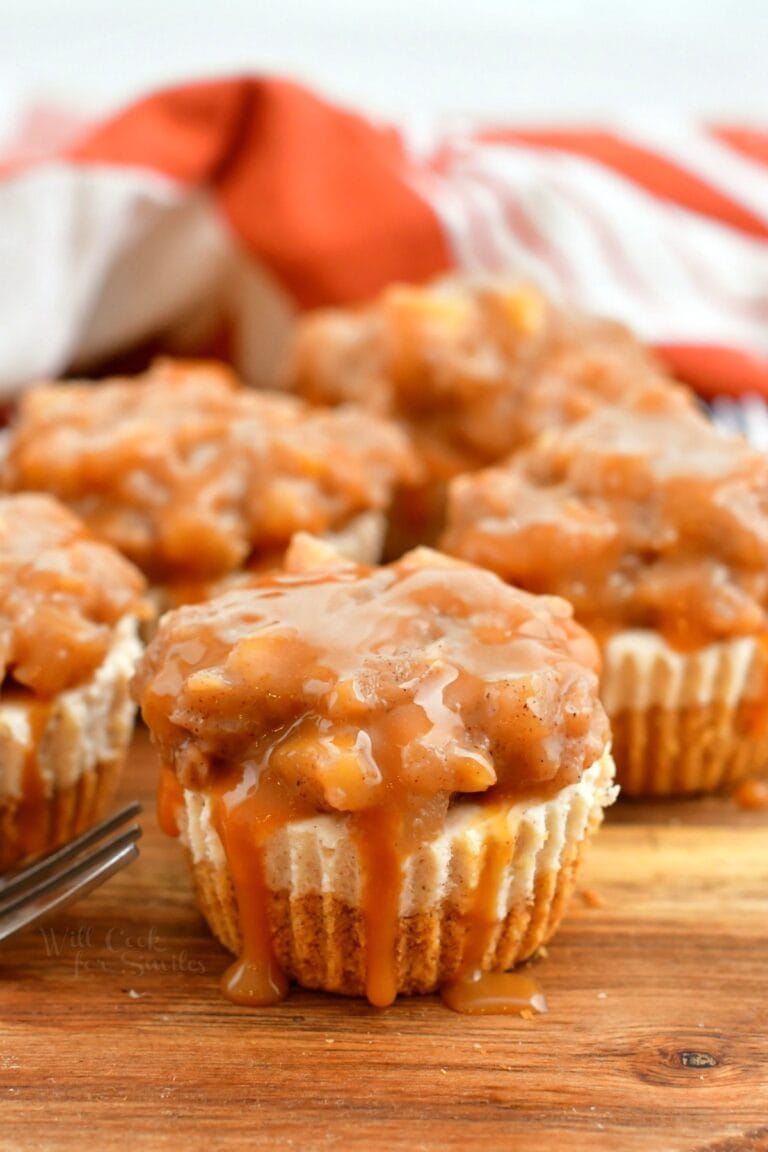
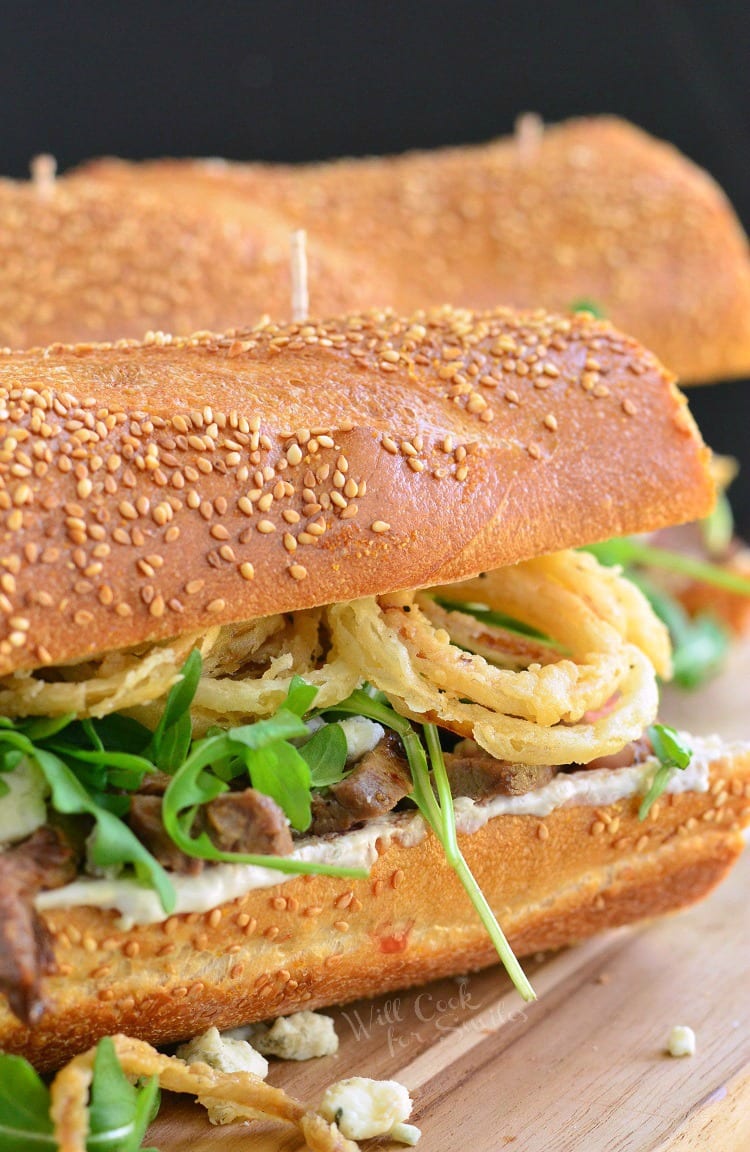
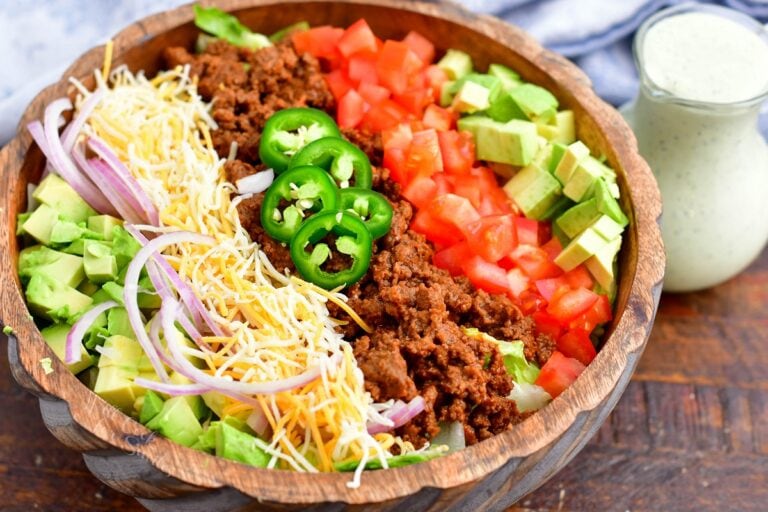

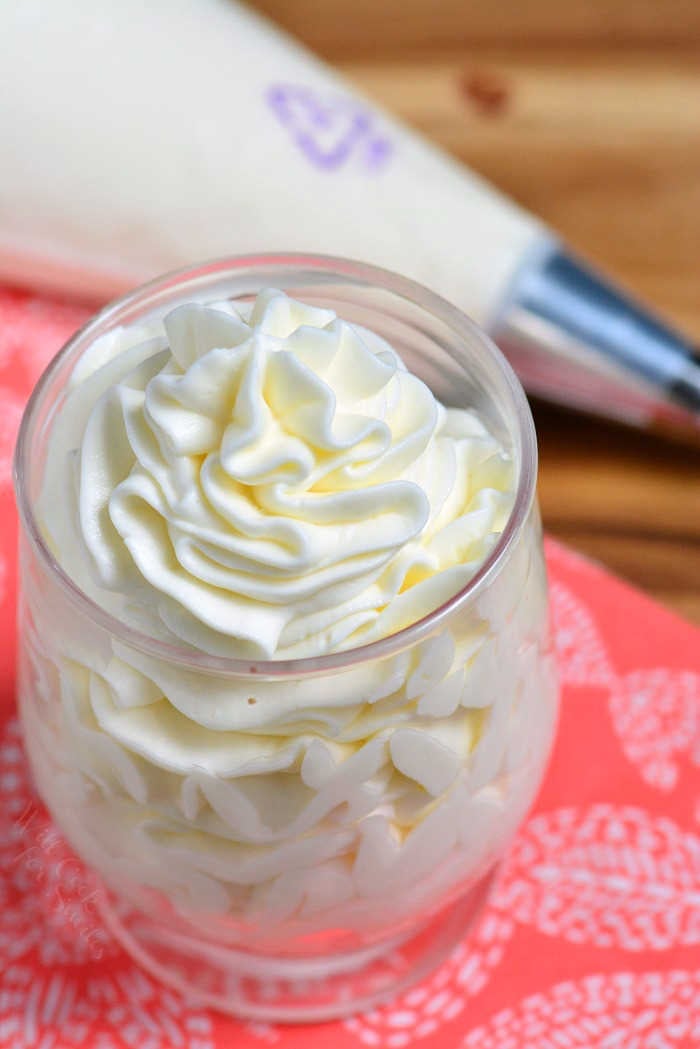








That’s good to know that if you have a good cut of meat that you don’t have to use any other seasonings besides salt and pepper. I don’t have a ton of experience cooking steak, but I want to learn so this is good to know. I’ll have to start getting the best steaks I can find when I feel a bit rich and practice with those.
I was just about to ask the same questions as Jack above. I’ll have to try that out! Didn’t think it’d give any flavor like that. Hmmm…interesting! (Looks beautiful!)
Umm I have tried quite a grilling but this one is new what can rosemary make difference then normal cooking.Its good and awesome way of grilling keep it up.
Hi Jack! A rosemary brush adds a subtle fresh flavor to the steak. The reason why it’s just a brush and not chopping and adding rosemary on top is because of how strong rosemary flavor is.
I hope you enjoy your grilling time 🙂
You wrote that in order to know how well done the steak is, you should check its temperature. I’ve been planning on hosting a BBQ, and I want to make sure I cook all the meat great. I’ll have to remember this tip and get some good seasonings, so that my guests can enjoy some really high quality BBQ cooking. Thanks for the read.
I’m sure it will turn out great. Good luck and thank you, Rachel!
Thank you for the tips, Lyuba! The rosemary brush tip is Gold!
I’m glad to hear it worked out! Thank you, Wynda!
To me, there is nothing better than a tasty steak with potatoes, but I have never been able to get my steak to be a restaurant rivaling quality. The next time we buy more steaks, I will have to try this out for myself. I would love to be able to make the best steaks my family have ever had.
I really hope that my article will help you to take your steak to the way you like it! Let me know! Thank you, Sarah 🙂
Thanks for the tips. I have to try the rosemary brush tip.
Of course, it’s my pleasure!
I hope you will 🙂
Reading this is making my mouth water! I really like your point about starting with picking out the perfect steak. In the past I’ve used rosemary to rub meat, but I’ve never used fresh herbs. That would add such a nice flare, and I might just have to give it a try!
I really hope you will try it! I love using fresh herbs and since rosemary is so potent, it’s enough to just rub it.
Thank you, Jackie.
Beautiful cut of meat made perfectly!! My Honey does a perfect job also — the marbling on the steak is just right. I bet the taste was spectacular!! Great shots!
Thank you so much, Marisa! What would we do without them, right?
I agree with you, the ONLY thing a great steak needs is S&P! My husband usually does all the grilling, but I’m inspired to try it myself now. Plus, oh my goodness, your pictures are beautiful. Sharing this for sure!
Thank you so much, Sara! I couldn’t agree more 😉 I say you give it a shot!
Well, now I’m hungry! Thanks for the great tips!
I do it to myself too, aha. Thank you, Roxana!